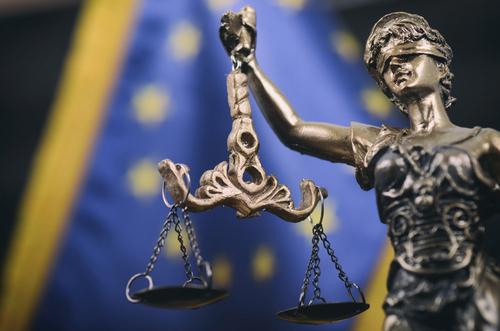A protective letter is a legal submission that can be filed by an alleged infringer in a patent infringement case. Its purpose is to provide the court with information about the alleged infringer’s position on the patent in question. The letter can include arguments against infringement of the patent, about the validity of the patent and other facts. The protective letter is not sent to the alleged infringer in advance. It remains confidential until the patent owner files a petition for preliminary injunction with the court. The court will consider the defences laid out in the protective letter before ruling on the request for an emergency injunction. Based on the arguments in the protective letter, the court may choose to organize a hearing on the alleged infringement before issuing the preliminary injunction or applying other provisional measures.
The concept of protective letters emerged in Germany and has been adopted by the Unified Patent Court in Rule 207 of the Rules of Procedure.
The protective letter needs to be comprehensive and persuasive, as it otherwise can be counterproductive, as was the case recently in the Unified Patent Court. The protective letter in the myStromoer ./. Revolt Zycling, Case UPC_CFI_177/2023, failed to convince the court to organize oral proceedings to listen to the defendant’s case before issuing provisional measures. Apparently, the defendant’s argument on the so-called “exhaustion” of rights was not convincing and had also been previously rejected by the Swiss Patent Court. The defendant did not challenge whether the patent was infringed and also failed to identify any prior art documents in the protective letter to challenge the validity of the patent.
This case at the UPC showed that the filing of a protective letter is not always in the defendants’ interests. A poorly prepared protective letter may lead to the preliminary injunction being granted, since the court may conclude that the defendants’ arguments are not strong. On the other hand, a successful protective letter is one in which the validity of the patent is put into doubt, for example by citing copies of relevant prior art not found by the examiner or including a detailed explanation about why the patent is not infringed. In this case, the Court is unlikely to grant emergency measures, such as an injunction, without hearing both sides of the argument.
At Sonnenberg Harrison, we have extensive experience in drafting and filing persuasive protective letters and supporting defendants against allegations of infringements of intellectual property rights. Feel free to get in touch if you have any questions.





